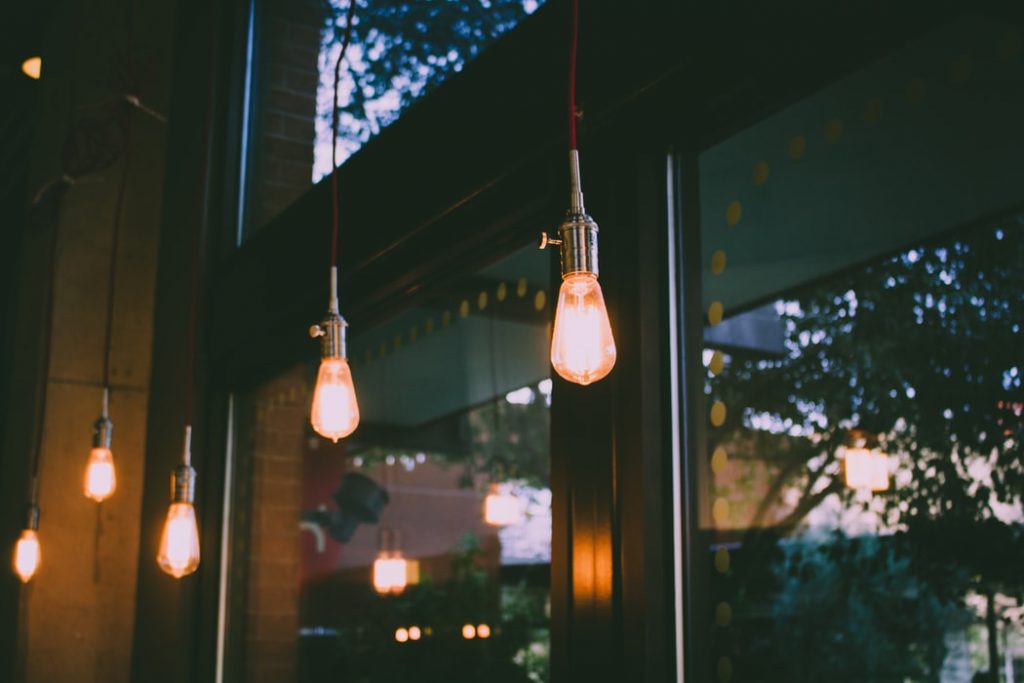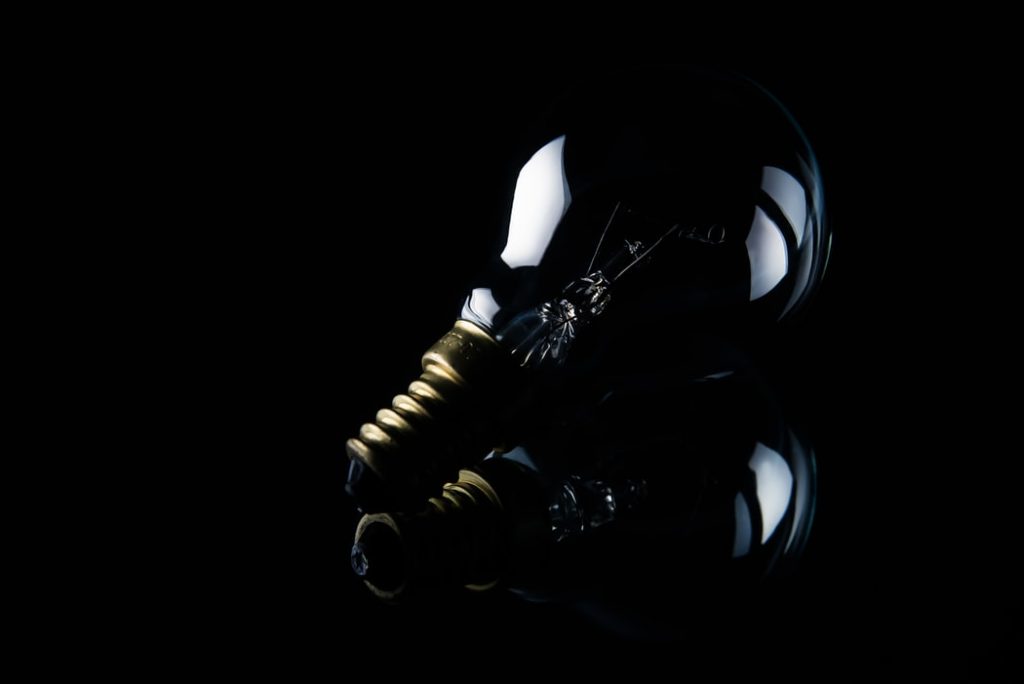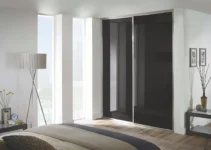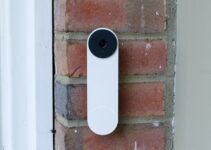Planning lighting of a home isn’t just about choosing the right fixture and positioning it the right way. The aim is to come up with a cost-efficient lighting solution. This doesn’t mean you should drastically cut down on your energy usage. There are ways to cut down your energy bills whilst using the same amount of electricity.
Need for energy-efficient lighting:
Lighting makes up about 5% of the total home energy budget. Make a switch to energy-efficient lighting options and save more on your energy bills. This way you also use less electricity and do your role in conserving resources. Your lighting would still be as decorative as you want it to be. You don’t have to ditch your prized chandelier. You get to retain all your favorite pieces.
All that needs to be done is to make some inexpensive changes to the already existing fixtures or if you are planning new interiors you can choose any fancy fixture of your choice and still plan energy-efficient lighting. That includes installing the most sought-after fixture chandeliers.
How to save energy with chandeliers?
Though chandeliers are synonymous with luxury and sophistication you can maximize the energy-savings by opting for LED bulbs. If you are looking for unique chandeliers check out Sofary Lighting. They feature an extensive collection of chandeliers at unbelievable prices. Homeowners find this online platform their go-to choice for chandeliers.
Light bulbs in terms of energy-efficiency:

img source: unsplash.com
LED:
LED is the top choice for illumination in homes. They used to be available at a long tube but are now available in various shapes and sizes. LEDs consume less energy than traditional light bulbs and emit warm, broad beams of light in a specific direction. Despite the initial high costs involved, they offer highest cost savings in the long-run due to their durability.
- Only 5% of their energy is emitted as heat
- LEDs use 80% less energy than incandescent lights
- Lasts for 50,000 hours or 15 to 20 years.
CFL:
The light emitted from CFL is dim for the first few seconds of turning them on. They are spiral in shape and connected to a base. The recent advancements in technology have started replacing the standard ‘curly’ shape of CFL to other shapes including round and flame.
- CFL wastes about 80% energy on heat
- They consume 35% less energy than traditional incandescent lights
- Lasts for 10000 to 20000 hours
Incandescent bulb:
These are the old-fashioned pear-shaped bulbs which aren’t great in terms of energy and cost efficiency. Their initial cost is lowest when compared to its counterparts but the expenses add up in the long run due to their short lifespan. It is possible to use it alongside a dimmer switch and generates high light output.
- Incandescent bulbs waste 95% energy on heat
- Lasts for 750 to 2000 hours thus requiring frequent replacement
Ways to improve energy-efficiency:

img source: unsplash.com
Dimmers:
Dimmers have been found to prolong the lifespan of light bulbs. They are connected to a light fixture and work by lowering the resulting light intensity. Dimmers have been in existence for several decades. Modern dimmers cut down the amount of power that reaches the light bulb thus reducing the overall brightness.
When less power reaches the light bulb, there is less stress exerted on the light bulbs and naturally less heat is emitted. Dimming is a useful feature since it offers an additional option from just turning on and off the light. The warm glow that results from using a dimmer adds another dimension to your home’s lighting in addition to saving electricity.
Dimmers are like ‘mood’ lighting. They offer you the liberty to tone down the light intensity according to the mood and time of the day. We don’t always need bright light in our home. When you want to create a different vibe for special dinners or want to ease into sleep easily, turn on the dimmer for desired mood lighting.
- LED with dimmer: LEDs are usually the most energy-efficient lighting solution. Adding a dimmer to it improves the energy efficiency further. The good news is that the resulting light output retains the same color.
- CFL with dimmer: Dimmers improve the energy efficiency of CFL but only few CFL bulbs are compatible with dimmers. Before affixing a dimmer, ensure the dimmer is a right fit to your CFL to avoid fire hazards. Do a thorough research about the dimmers before choosing one.
- Incandescent bulb with dimmer: It consumes 20% less energy when used along with dimmer but the problem is that efficiency of this bulb goes down with dimming.

img source: unsplash.com
Dimmers don’t come with a minimal price tag but they are worth every penny spent. The wattage saved from using dimmers results in high cost savings in the long run. If you prefer not to have a manual dimmer, you can operate the switch using an internet-enabled dimmer by having apps installed in your phone.
Timer-controlled lighting:
In an era of ‘smart homes’ we can make use of the timer feature to enhance energy-savings. With timer switches it is possible to turn on and off any appliance automatically after a specified time. Many people have the habit to leave their porch lights or living room lights on when they are on a vacation.
Alternatively they can set a timer for the lights to be turned on and off after a particular time span. This way you can turn on the light only when you actually want to. This easily programmable and inexpensive feature usually works with only lamps though.
Energy-efficient light fixtures:
- LED strip lights: This flexible and energy-efficient solution involves easy installation. They are available in a variety of configurations and colors and are suitable for both indoors and outdoors.
- Pendant lights: Hang pendant lights directly over the work area for better illumination. They deliver focused lighting towards a desired area, are affordable and stylish.
- Recessed lighting: Recessed lighting looks sleek. Illuminate the entire room with recessed down lighting.
Opt for LED bulbs and use any of the above energy-efficient light fixtures in spots that require more lighting. Plan your home lighting system efficiently and save more.



